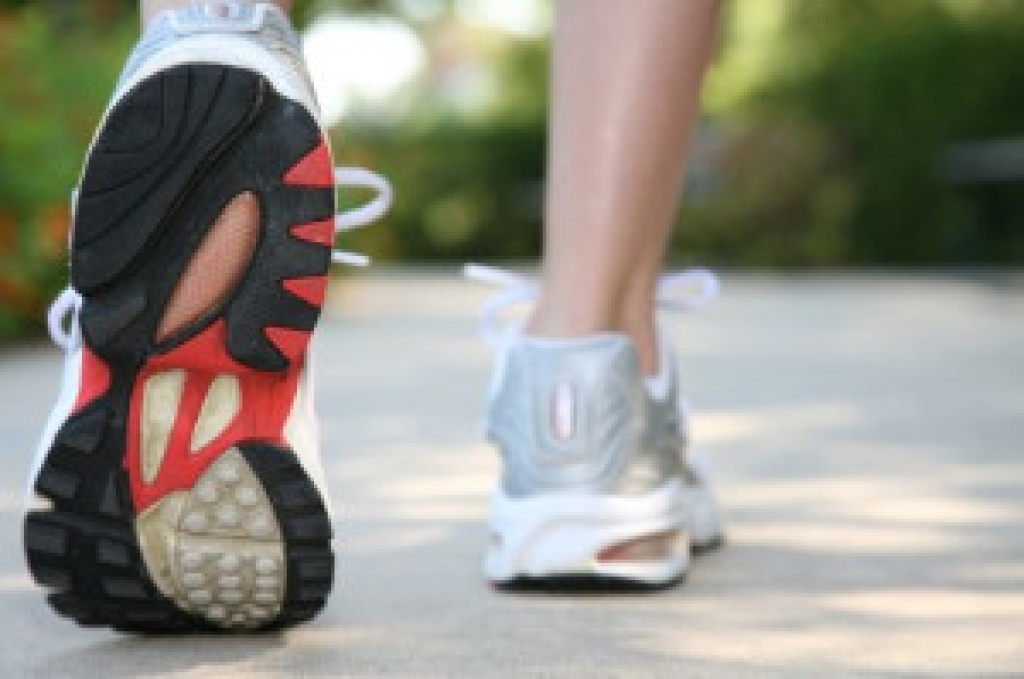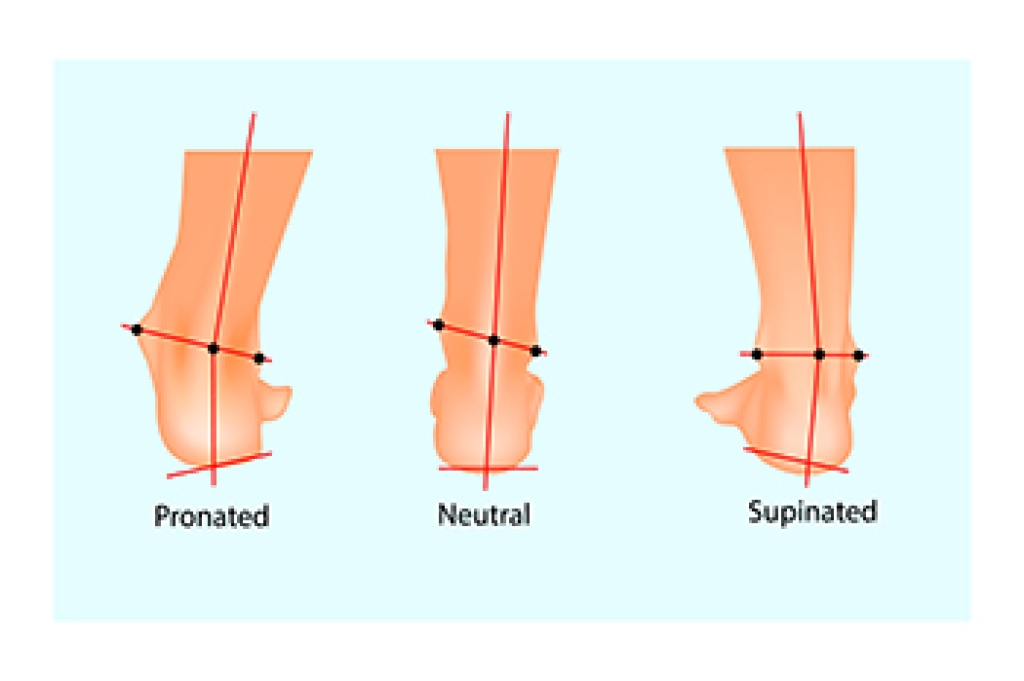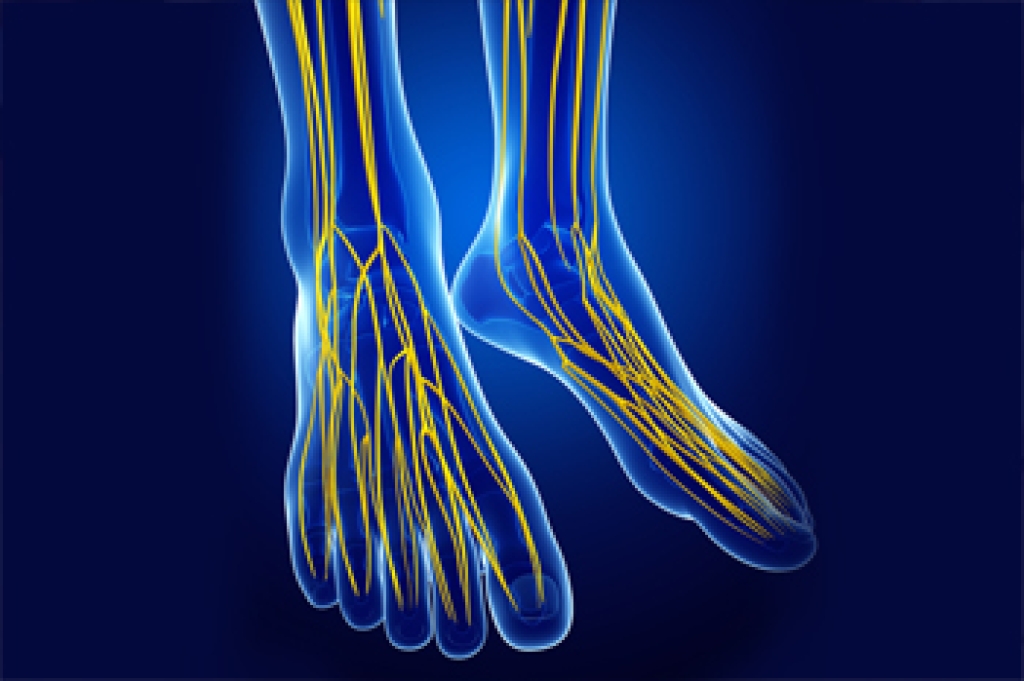
Choosing the right running shoe can prevent discomfort and support your training goals. Many runners benefit from selecting a shoe that is a half size or even a full size larger than their regular shoes to allow room for swelling and natural foot movement. It is important to know your running goals, whether you want support for long distances or speed for short runs. Look for materials that enhance comfort such as air pockets for cushioning, foam for softness, and gel for shock absorption. Additionally, replace your shoes regularly to maintain proper support. A podiatrist can assess your foot type, gait, and training needs to recommend the right shoe. If you have foot or ankle pain from wearing the wrong shoes, it is suggested that you consult a podiatrist who can treat various foot conditions, and guide you on additional tips in choosing the right running shoe for your goals.
For more information about walking shoes versus running shoes, consult with Kent DiNucci, DPM from Ankle and Foot Clinic . Our doctor can measure your feet to determine what your needs are and help you find an appropriate pair of footwear.
Foot Health: The Differences between Walking & Running Shoes
There are great ways to stay in shape: running and walking are two great exercises to a healthy lifestyle. It is important to know that running shoes and walking shoes are not interchangeable. There is a key difference on how the feet hit the ground when someone is running or walking. This is why one should be aware that a shoe is designed differently for each activity.
You may be asking yourself what the real differences are between walking and running shoes and the answers may shock you.
Differences
Walking doesn’t involve as much stress or impact on the feet as running does. However, this doesn’t mean that you should be any less prepared. When you’re walking, you land on your heels and have your foot roll forward. This rolling motion requires additional support to the feet.
Flexibility – Walking shoes are designed to have soft, flexible soles. This allows the walker to push off easily with each step.
If you have any questions, please feel free to contact our office located in Omaha, NE . We offer the newest diagnostic and treatment technologies for all your foot care needs.




